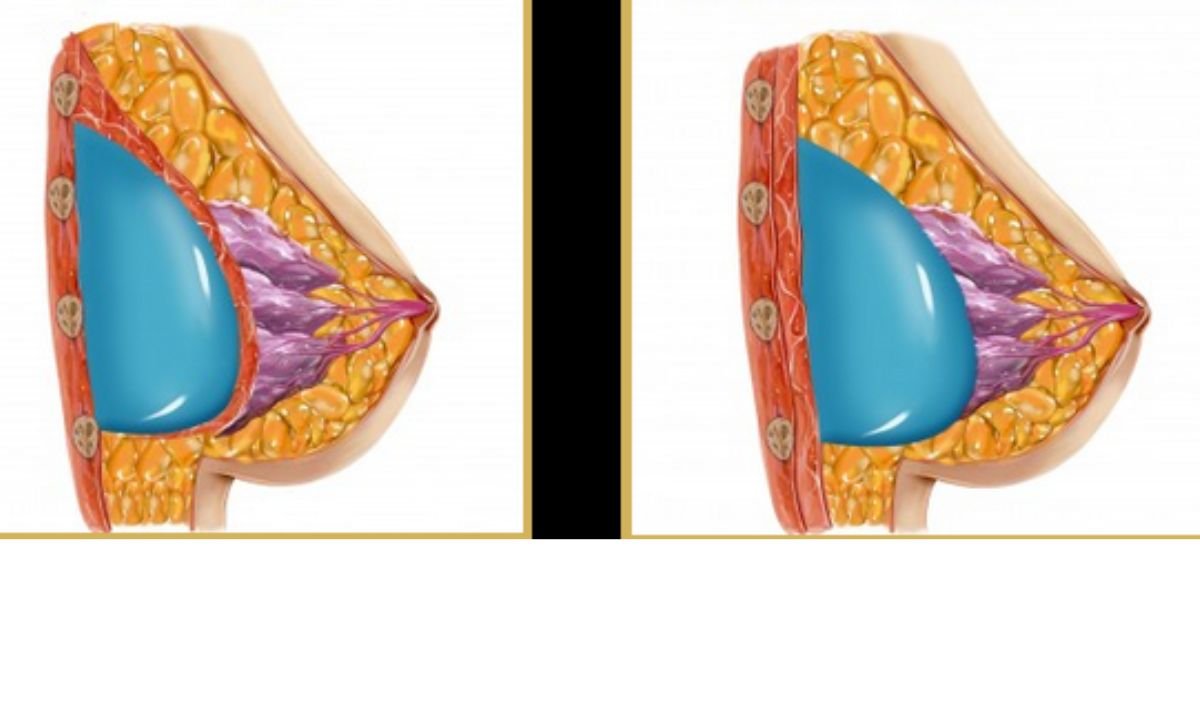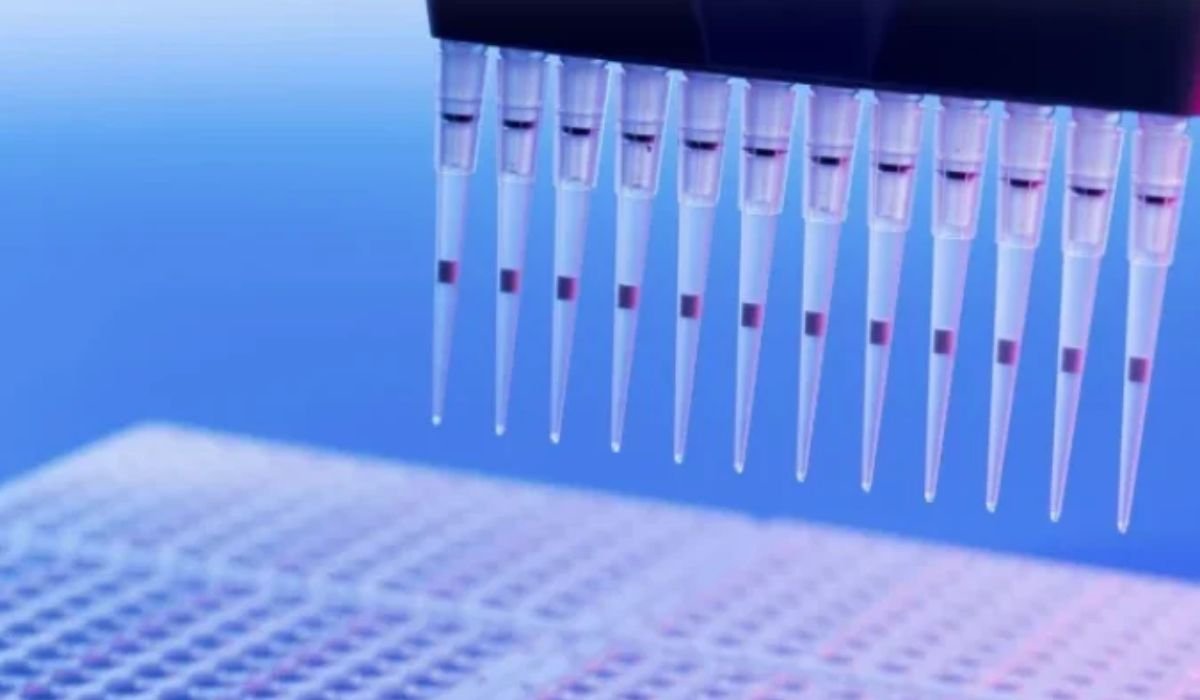A drug can be potent in a dish yet fail in people if the body can’t deliver, maintain, or safely clear it. Drug Metabolism and Pharmacokinetics (DMPK) connects chemistry to clinical reality by explaining how a candidate is absorbed, distributed, metabolized, and excreted, and how those processes shape exposure over time. When embedded early and continuously, dmpk reduces avoidable risk, informs trial design, and speeds the path from first-in-human to proof-of-concept. Here’s how it directly influences clinical success.
Where DMPK moves the clinical needle
Taken together, the following dimensions show why DMPK is a cornerstone, not a checkbox, in modern development.
Smarter first-in-human dosing and escalation.
Allometric scaling, IVIVE, and PBPK models convert in vitro and animal data into human exposure ranges. By triangulating NOAEL, MABEL, and target engagement, DMPK helps set conservative starting doses and rational escalation schemes. Clear projections of C_max, AUC, and half-life shape sentinel dosing, SAD/MAD schedules, and stopping rules, minimizing early safety signals while still reaching informative exposures.
Formulation and route choices that actually meet the target product profile.
Clinical failures often trace to under-exposure. DMPK bridges biopharmaceutics and clinic by screening formulations (solutions, suspensions, lipid systems) and routes (PO, IV, SC—and, when needed, targeted routes like intrathecal for CNS). Food-effect risk, pH-dependent solubility, and permeability/efflux findings guide fed/fasted designs and dose timing, preventing surprises that derail enrollment or data interpretability.
Exposure–response and sampling strategies that reveal signal early.
Population PK/PD and model-informed drug development (MIDD) turn sparse and rich sampling into decision-ready insights. DMPK shapes when to draw (early C_max, late tail, steady state), which matrices matter (plasma, CSF, tissue), and which biomarkers quantify pharmacology. Thoughtful designs reduce patient burden yet capture the parameters that determine efficacy, such as time-above-threshold or target occupancy.
Metabolite and mass-balance work that de-risks safety.
Metabolite identification (including human-specific or disproportionate species flagged by MIST) and radiolabeled ADME (mass balance, excretion routes, QWBA tissue distribution) explain clearance pathways before they surprise you in the clinic. Knowing whether a reactive intermediate, biliary cycling, or high tissue sequestration exists allows proactive safety monitoring and rational inclusion/exclusion criteria.

DDI and special-population planning that protects your signal.
CYP/transporter inhibition, induction, and time-dependent inhibition data feed static and PBPK DDI predictions to prioritize clinical perpetrator/victim studies. DMPK also anticipates variability in renal/hepatic impairment, pediatrics, and pharmacogenomic subgroups, informing dose adjustments and stratification. The payoff is cleaner exposure data and fewer confounders when you read efficacy.
Bioanalysis and immunogenicity that keep data audit-ready.
Validated LC-MS/MS methods and ICP-MS for elemental drugs (when appropriate) ensure accurate quantification across the full concentration range. For biologics, tiered ADA/NAb strategies with drug-tolerant ECL or cell-based assays preserve sensitivity in the face of high circulating drug. High-throughput automation and robust sample handling shrink variability that can otherwise blur exposure–response relationships.
Fit-for-purpose designs for novel modalities and routes.
PROTACs, oligonucleotides, ADCs, inhaled or intrathecal therapies demand bespoke DMPK. Stability, deconjugation, tissue penetration, and CSF kinetics require tailored assays and device/formulation solutions. Getting these right keeps first-in-class programs from stalling due to avoidable PK unknowns.
Conclusion
In short, clinical trials succeed when exposure is predictable, efficacious, and safe, and that is exactly what DMPK makes measurable. By informing dose and route, preventing under- or over-exposure, de-risking metabolites and DDIs, optimizing sampling, and ensuring rock-solid bioanalysis, DMPK converts early promise into interpretable human data. Teams that integrate DMPK from candidate selection through Phase 2 make faster, clearer decisions and give their assets, investigators, and patients the best chance at meaningful clinical outcomes.
YOU MAY ALSO LIKE: Everything You Need to Know About Pharmacy Courses











